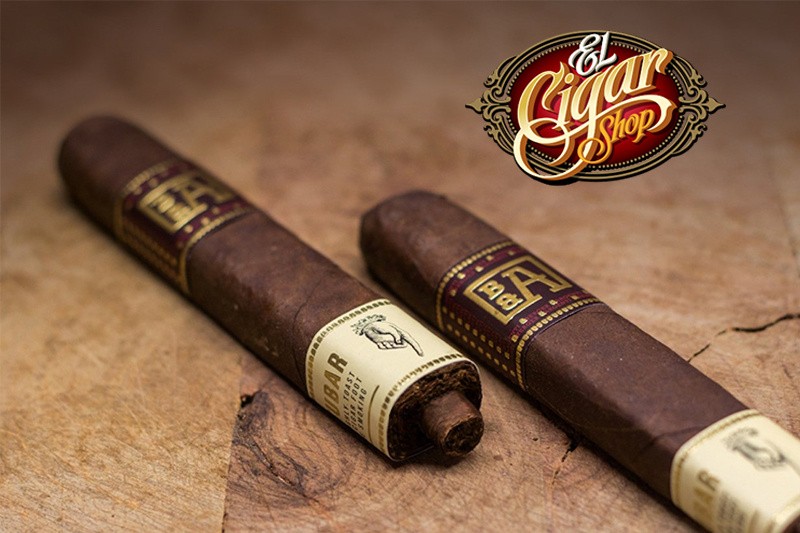Glenside Cigar Shop
- Posted on
- Posted in Glenside Cigar Shop
- 0

Glenside Cigar Shop
Cubans may salute a Havana Sun Grown cigar instead of a national flag, but this is not the case. Cuba isn't the only place in an atlas that has this distinction. East of Cuba, the Dominican Republic is another country that's known for its cigars.
Christopher Columbus discovered the Dominican Republic in 1492, which is now the world's largest cigar producer. Stogie lovers from around the globe are looking for their passports and booking their flights to visit this place that embodies the culture and essence tobacco.
The Dominican Republic, with its history of dictatorships and military governments, is a country that has suffered economic hardships. The Dominican Republic has experienced more economic turmoil than any other nation. From recessions and inflation to trade deficits and fraud, they have been through it all. The Dominican Republic's tobacco industry, however, has kept them afloat. Their cigars are rivals with Cubans in the race to be named "Best Cigar."
Cuban cigars are often referred to as if lit by a spotlight, rather than with a match. As cigars from Dominican Republic quietly ash and give Cuban Cigars an intellectual composure look, it is important to ask if the elusiveness plays a role in its greatness. Is the fact that Cuban Cigars are difficult to obtain a reason for them being a more enjoyable smoke? Cuban cigars are a mystery, but despite this and their mystique, some connoisseurs believe that the Cubans will lose in the battle between Dominican Cigar and Cuban Cigar.
Many cigars in the Dominican Republic have Cuban roots, as many Cubans fled the country when Castro rose to power and took their seeds of tobacco with them. The cigars have some similarities, but also some differences, as they are grown on different soils.
Although Cuban Cigars are more well-known, the Dominican Republic offers a wider variety of flavors and aromas. The ideal growing conditions in the Dominican Republic allow for a wide variety of flavors, aromas and colors. The Dominican Republic has more than 600,000. acres of tobacco plantations, allowing it to create cigars that are suitable for everyone's tastes.
In the Dominican Republic, the majority of tobacco is grown in the north of the country in the vicinity of Santiago. Santiago is often referred to as "the Capital of the Tobacco and Cigar Industry" because of its proximity to Santiago. It's a great place to settle down for tobacco and cigar growers, with its warm climate and occasional tropical winds.
The Dominican Republic has spent the last two decades improving the quality and taste of its cigar tobacco. Tobacco plants are meticulously managed and cared-for, with no stone unturned to ensure the best cigars. The process can take three years to complete.
The Dominican Republic, which is known as "Cigar Country", is also the origin of some of the most popular cigar brands in the world. Arturo Fuente is one of the most popular brands, but there are others such as La Aurora, Leon Jimenes Cojimar and Montecristo. The Dominican Republic relies heavily on tourism to increase its economy, but it doesn't just produce cigars and ship them out. They have an entire cigar world within their cigar country.
The Dominican Republic is a destination for cigar lovers. From souvenir shops and famous factory tours to cigar shops and museums, this country offers a unique experience. This country offers a wide range of cigar-related activities that will keep you entertained and enthralled.
The Dominican Republic is a must-see for any cigar enthusiast. This country not only appreciates the fine details of cigar making, but also shares these details and experiences with visitors. It is sure to give a unique experience to those who cross the border, leaving cigarettes and humidors at the border.



Comments
Be the first to comment...